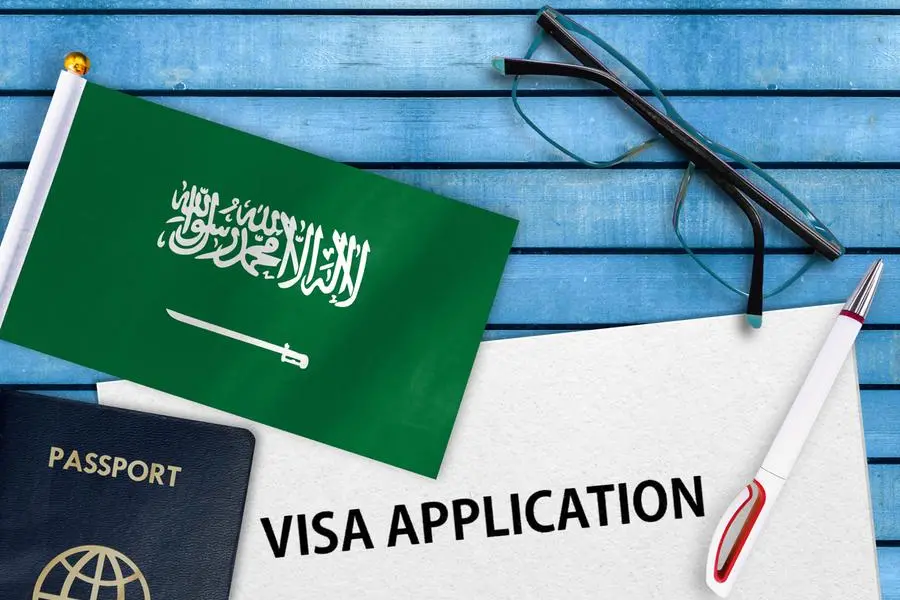Pakistan is preparing to make one of its biggest overseas employment moves yet — sending one million workers annually to Saudi Arabia under the Kingdom’s Vision 2030 initiative. According to Readinfos, this strategic plan aims to align Pakistan’s skilled and semi-skilled labor force with Saudi Arabia’s rapidly expanding projects in infrastructure, tourism, healthcare, and education. The proposal, led by Special Assistant to the Prime Minister (SAPM) on Overseas Pakistanis and Human Resource Development, Jawad Sohrab Malik, seeks to deepen economic cooperation and generate massive employment opportunities for Pakistani youth.
What This Initiative Means
The concept of sending one million Pakistani workers annually is not just about numbers — it’s about building a structured, skilled labor export system. With nearly 2 to 2.6 million Pakistanis already employed in Saudi Arabia, the new plan aims to expand both the volume and skill diversity of workers. This includes professionals in engineering, education, healthcare, and tourism, alongside traditional blue-collar workers.
The proposal forms part of Pakistan’s broader national plan to train and certify at least one million youth annually, ensuring that the workforce meets Saudi Arabia’s evolving Vision 2030 requirements.
How the Plan Will Work
As explained by Readinfos, this initiative will be carried out through several coordinated steps between Pakistan and Saudi Arabia:
-
Training & Skill Development: The Pakistani government is revamping vocational and technical education to align with Saudi job requirements.
-
Bilateral Agreements: New labor export deals and memoranda of understanding (MoUs) are being discussed to formalize recruitment and certification standards.
-
Saudi Partnership: Saudi organizations, including the Saudi Fund for Development (SFD), may collaborate to improve Pakistan’s training capacity and worker readiness.
-
Policy Coordination: Pakistan’s Ministries of Education, Overseas Employment, and Professional Training will jointly implement reforms to ensure smooth operations.
Key Features of the Pakistan-Saudi Labor Expansion Plan
-
Scale & Ambition: One million workers annually across skilled, semi-skilled, and unskilled categories.
-
Skill Diversification: Focus on healthcare, engineering, tourism, and IT professionals.
-
Capacity Building: Expansion of technical and vocational training centers.
-
Bilateral Cooperation: Long-term labor agreements and standardized certifications.
-
Remittance Growth: Expected to significantly boost Pakistan’s foreign exchange reserves.
-
Socio-Economic Impact: Employment for millions of youth, especially from rural areas.
Pros and Cons of Sending 1 Million Workers to Saudi Arabia
| Pros | Explanation |
|---|---|
| Increased Remittances | Higher inflow of foreign currency strengthens Pakistan’s economy. |
| Reduced Unemployment | Creates millions of job opportunities for Pakistan’s young population. |
| Skills Development | Technical training programs will upgrade the country’s workforce. |
| Bilateral Relations | Strengthens Pakistan–Saudi economic cooperation. |
| Diversification | Expands labor exports beyond low-skilled jobs. |
| Cons | Explanation |
|---|---|
| Brain Drain | Skilled workers leaving may reduce domestic expertise. |
| Worker Welfare Issues | Potential challenges related to labor rights, housing, and fair pay. |
| Dependence on Saudi Policy | Any change in Saudi labor laws could affect Pakistan’s workforce. |
| Domestic Skill Gap | May create shortages in Pakistan’s own workforce. |
| Regulatory Hurdles | Managing certifications, visas, and worker safety remains complex. |
Alternatives and Policy Options
| Alternative | Pros | Cons |
|---|---|---|
| Domestic Job Creation | Strengthens local economy and infrastructure. | Slower growth; requires more investment. |
| Export of IT & Digital Services | Higher income potential with remote jobs. | Needs better connectivity and training. |
| Expanding to Other Gulf States | Diversifies opportunities; reduces reliance on one country. | Requires multiple bilateral deals. |
| Higher Education & Innovation Training | Builds a modern, tech-driven workforce. | Long-term results; requires funding and reforms. |
Readinfos Analysis and Verdict
The Readinfos team views Pakistan’s Vision 2030 labor export proposal as a transformative opportunity if implemented with careful planning and strong worker protection. Sending one million workers annually can reduce unemployment, increase remittances, and strengthen ties with Saudi Arabia, but it also demands strict regulation, training quality assurance, and legal safeguards for overseas workers.
If Pakistan manages to balance its domestic workforce needs while enhancing skill exports, this plan could become one of the biggest success stories in Pakistan’s labor export history. However, long-term success depends on how well the government addresses challenges like worker rights, quality training, and economic diversification at home.
In summary, the Pakistan–Saudi labor partnership under Vision 2030 has the potential to reshape Pakistan’s economy, empower its youth, and redefine regional cooperation — but only if executed with transparency, sustainability, and care.
